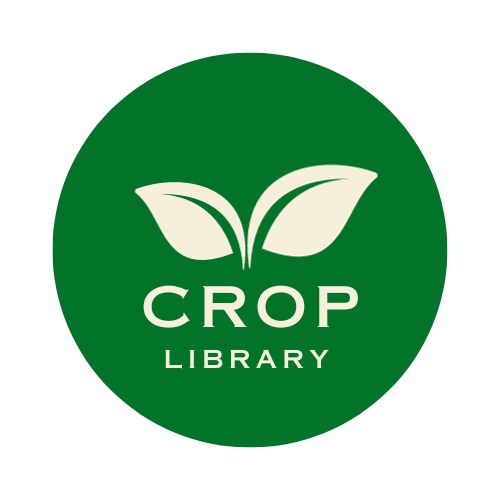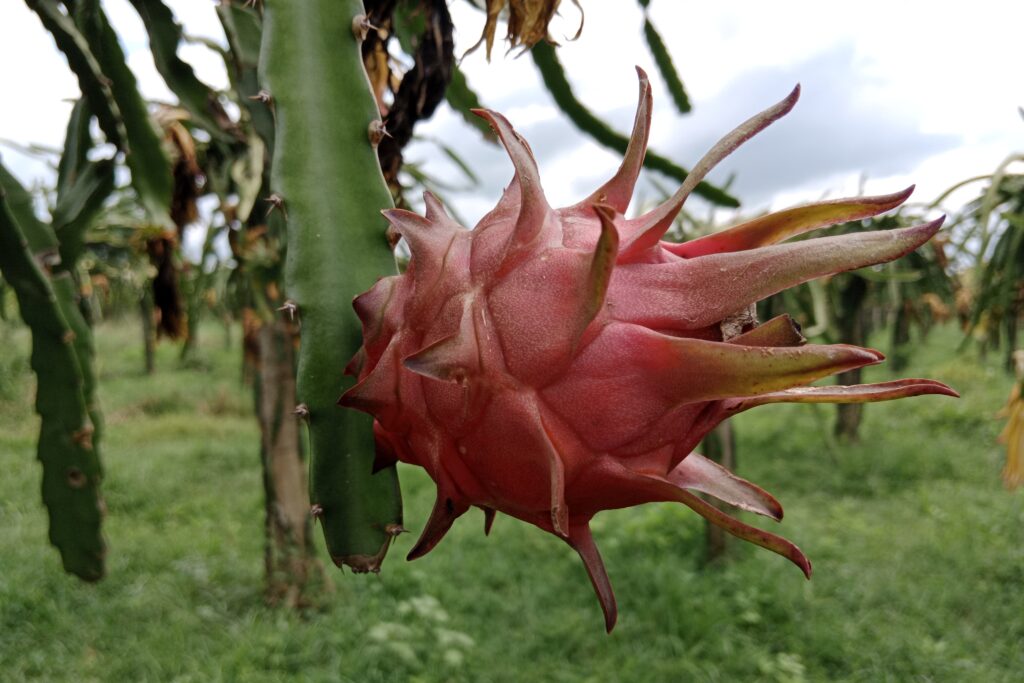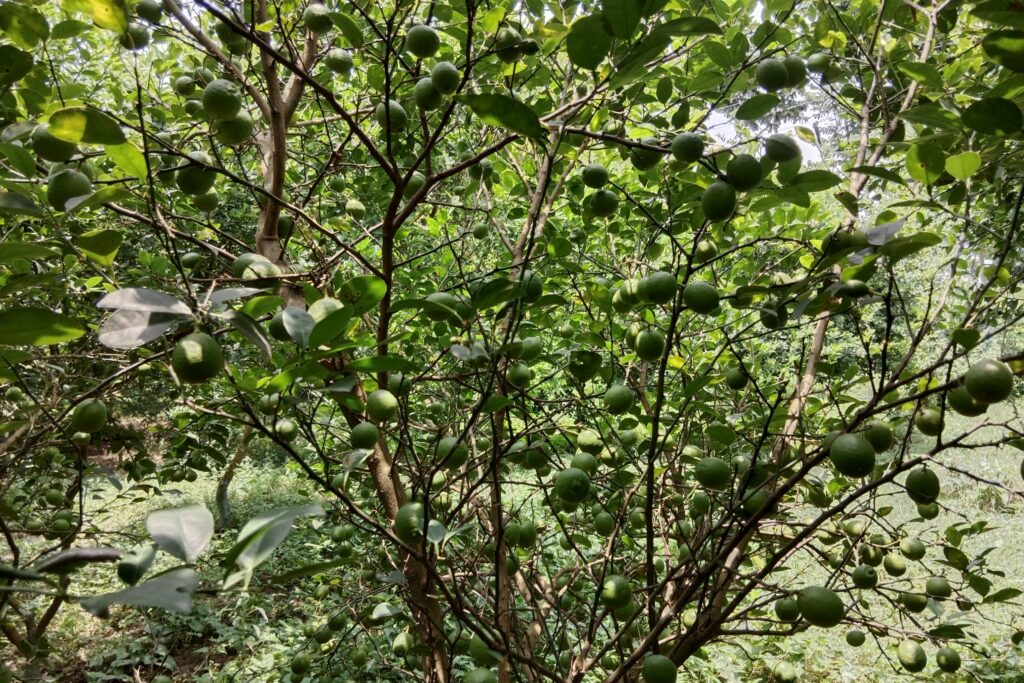Durian Farming
The durian (Durio zibethinus Murr.), famously dubbed the “King of Tropical Fruits,” is a prized exotic crop highly sought after in Southeast Asia for its unique blend of intense aroma and delectable flavor. Renowned for its nutritional richness, the fruit’s pulp and seeds are excellent sources of carbohydrates, vitamins, and minerals, with the seeds composed of pure starch.
Thriving in moist, tropical climates with consistent rainfall, durian cultivation favors deep, well-drained sandy loam soils rich in organic matter, though its sensitivity to cold restricts growth to elevations below 800 meters. Beyond its culinary and cultural significance, durian farming profit per acre has emerged as a critical metric for growers, particularly in regions like Nepal, where rising demand for imported durian presents lucrative opportunities despite conservative farmgate prices.

A detailed analysis of durian farming profit per acre over a 40-year period reveals stark contrasts between standard and high-density planting methods. Standard planting incurs total production costs of NPR 24.5 million, distributed across phased expenses (NPR 300,000 in Years 5–7, NPR 3.6 million in Years 8–15, and NPR 20.6 million in Years 16–40), while high-density planting demands higher upfront investments (NPR 29.6 million over 40 years) but delivers superior returns.
Net profits for standard planting reach NPR 21.3 million, whereas high-density planting generates NPR 26.3 million—a 23% increase—driven by accelerated break-even timelines (6–7 years vs. 7–8 years) and a remarkable 790% ROI compared to 667% for standard methods. These figures underscore the economic viability of optimizing planting density to maximize durian farming profit per acre, particularly when paired with premium varieties like Monthong, which command higher market prices.
To enhance durian farming profit per acre, strategic recommendations emphasize high-density planting for growers with access to capital and labor, coupled with direct partnerships with urban or export markets to bypass intermediaries. Such approaches not only amplify yields but also align with global trends favoring quality and traceability, positioning durian as a high-value crop for long-term agricultural investment in Nepal’s evolving agro-economy.
Land Preparation
Durian trees require well-drained, deep soils for optimal growth, making thorough land preparation essential. The process begins with clearing vegetation and debris to eliminate competition and pests, followed by plowing and harrowing to aerate and loosen the soil, improving root penetration and nutrient absorption. On sloped terrain, terracing is implemented to minimize soil erosion and stabilize the planting area. Additionally, proper drainage systems—such as ditches or raised beds—are critical to prevent waterlogging, which durian roots are highly sensitive to, ensuring a balanced moisture environment for healthy tree development.
Soil Type
Durian thrives in slightly acidic soils with a pH between 5.0 and 6.5, which supports optimal nutrient uptake and microbial health. Deep, fertile loam high in organic matter is ideal for durian cultivation, fostering strong root systems and efficient nutrient retention. Heavy clay soils are unsuitable due to inadequate drainage and the risk of root suffocation, while sandy soils, with their poor water retention and tendency to leach nutrients, are equally problematic, stunting healthy growth and reducing long-term productivity.
Climatic Requirements
Durian thrives in tropical climates with temperatures between 24–30°C, though it is highly intolerant of frost or temperatures below 10°C, which can stunt growth or kill trees. It requires 1,500–3,000 mm of annual rainfall, evenly distributed to prevent drought stress during flowering and fruiting phases, alongside high humidity levels (75–80%) to mimic its native rainforest habitat. Young trees are particularly vulnerable to wind damage, necessitating windbreaks (e.g., banana, coconut) to shield them until their root systems and canopies mature, ensuring stable growth and optimal yield.
Major Cultivars
Widely cultivated premium varieties include Musang King (D197) from Malaysia, prized for its rich, creamy texture; Thailand’s Monthong, renowned for its large size, mild flavor, and export suitability; and Malaysia’s D24 (Sultan), known for its bittersweet taste. Thailand’s Chanee stands out for early maturity and disease resistance, while regional staples like Indonesia’s Durio zibethinus and the Philippines’ Duyaya reflect local adaptability and traditional cultivation, offering diverse flavors and resilience across Southeast Asia.
Planting

a). Planting Season:
Durian planting is best initiated at the start of the rainy season to leverage natural moisture for sapling establishment, ensuring optimal root development and survival rates during the critical early growth phase.
b). Spacing:
Standard durian planting follows an 8m x 8m spacing (63 plants/acre) to accommodate root and canopy expansion, while high-density systems (6m x 6m, 112 plants/acre) prioritize maximizing yield per acre, requiring intensive pruning and nutrient management to mitigate competition.
c). Pit Preparation:
Dig pits of 60 cm³ dimensions, blending excavated topsoil with 15–20 kg of compost or manure to enrich soil fertility, improve drainage, and provide a nutrient-rich foundation for young durian seedlings.
d). Planting Method
Durian cultivation relies on grafted seedlings to guarantee fruit quality, disease resistance, and early maturity, with the graft union positioned 5–10 cm above the soil during planting to prevent the scion from developing its own roots and bypassing the rootstock’s benefits, ensuring vigor, uniformity, and long-term productivity.
e). Number of Plants per Acre
For standard spacing of 8m x 8m: accommodate 63 plants / acre
For high density planting of 6m x 6m: accommodate 112 plants / acre.
Intercropping
During the initial 3–5 years of durian orchard establishment, intercropping with compatible crops such as pineapple, banana, ginger, or nitrogen-fixing legumes (e.g., beans, peas) optimizes land use efficiency, suppresses weeds, and generates supplemental income while young durian trees develop. These crops are chosen for their shallow root systems and low nutrient competition, unlike high-demand crops such as maize, which risk depleting soil resources critical for durian growth.
Legumes further enhance soil fertility by fixing atmospheric nitrogen, reducing reliance on synthetic fertilizers. Intercropping ceases once durian canopies mature and shade the ground, ensuring minimal interference with the primary crop’s nutrient uptake and long-term productivity.
Irrigation
While older trees need irrigation mostly during dry spells, particularly during crucial stages like flowering and fruit development to minimize stress-induced yield loss, young durian seedlings need frequent watering (2–3 times weekly) to build root systems. The best technique is drip irrigation since it effectively hydrates the root zone, inhibits root rot, and keeps water from standing still.
To ensure optimal growth and fruit quality throughout the tree’s lifecycle, mulching with materials like dried straw, leaves, cut grasses, coconut husks, or banana pseudostem cuttings should be combined with regular irrigation during the dry season. This will help to preserve soil moisture, control temperature fluctuations, and foster robust root health.
Fertilizer and Manure
Durian trees require tailored nutrient management at different growth stages to ensure optimal development and productivity.

a). Young Trees (Non-bearing Phase)
During the juvenile stage (first 3–5 years), durian saplings prioritize vegetative growth, requiring high nitrogen (N) to stimulate leaf, stem, and root development. A balanced formula such as NPK 15-15-15 (200 grams per tree) is recommended quarterly, split into four applications annually. Nitrogen promotes canopy expansion, which is critical for photosynthesis and establishing a robust framework for future fruiting.
b). Fruiting Trees (Mature Phase):
During the fruiting phase (5+ years), durian trees require a nutrient shift toward potassium (K) and phosphorus (P) to optimize flowering, fruit set, and quality. A balanced formula such as NPK 12-12-17 is applied in two to three annual doses: pre-flowering (1–2 months before bloom) to stimulate flower initiation and during fruit development to enhance pulp thickness, sweetness, and disease resistance. Potassium plays a critical role in sugar accumulation and water regulation, ensuring juicy, flavorful arils, while phosphorus strengthens root systems and energy transfer, supporting overall tree vigor and sustained productivity.
c). Organic Matter Integration:
Supplement chemical fertilizers with 20–30 kg of compost or well-decomposed manure per tree annually to improve soil structure, moisture retention, and microbial activity. Organic matter is best applied in two split doses—once before the rainy season and again post-harvest—to ensure gradual nutrient release. Compost also buffers soil pH and reduces dependency on synthetic inputs.
Weed Control
Effective weed management combines mulching with organic materials like rice straw to suppress weed growth and retain soil moisture, manual weeding—especially critical for young trees to prevent nutrient competition—and limited herbicide application to avoid root damage, ensuring targeted and minimal chemical use for persistent weeds while maintaining tree health.
Pest and Disease Management
Common Pests
Durian trees are vulnerable to pests like fruit borers (Mudaria spp.), which can be managed with pheromone traps to disrupt mating, durian psyllids, controlled with neem oil or systemic insecticides, and mites, which require treatment with miticides or sulfur sprays. Regular monitoring combined with integrated pest management (IPM) strategies is essential to minimize pest damage and ensure healthy fruit production.
Common Diseases
Durian trees are vulnerable to Phytophthora root rot, a soil-borne disease managed by improving soil drainage and applying phosphonate fungicides, and anthracnose, a fungal infection addressed through pruning infected branches and using copper-based fungicides. Preventive strategies include strict orchard sanitation, grafting onto disease-resistant rootstocks, and maintaining balanced fertilization to enhance tree vigor, ensuring long-term health and productivity.
Harvesting
A well-maintained durian tree begins fruiting as early as five years, with mature fruits harvested using a sharp knife to preserve quality. Harvest timing ranges from 90–150 days after flowering, determined by indicators such as fruit age (e.g., Monthong at 125 days), husk color (green to light brown with a yellowish tinge), a distinct suture at the peduncle’s abscission zone, pliable spines, and a strong aroma.

Mature trees yield 50–150 fruits per year, which should be carefully harvested using poles or sickles to avoid bruising. Proper post-harvest handling, including storage at 15°C, extends shelf life. Effective management includes pruning for airflow, maintaining biodiversity for natural pollination, and timing harvests early for export markets to allow ripening during transport. Although durian farming requires patience (5–7 years to fruit), it delivers high returns when managed properly.
Cost of Investment for one acre Durian Farming
| S.N. | Categories | Standard Planting | High-Density Planting |
| 1 | Land Preparation | 30,000 | 50,000 |
| 2 | Durian Saplings (63 vs. 112 plants) | 19,000 | 33,600 |
| 3 | Fertilizers & Manure | 25,000 | 40,000 |
| 4 | Irrigation System (Drip) | 100,000 | 150,000 |
| 5 | Labor (Planting & Maintenance) | 40,000 | 50,000 |
| 6 | Pest & Disease Control | 30,000 | 40,000 |
| 7 | Miscellaneous (Equipment, Mulch, etc.) | 30,000 | 40,000 |
| Total | 274,000 | 403,600 |
Annual Maintenance Cost
From Year 2 onwards, the annual maintenance cost ranges between NPR 50,000 and NPR 100,000 per acre, applicable to both standard and high-density planting systems.
Income from one acre Durian Farming
| Years | Yield/Acre | Rate/kg (NPR) | Income/Acre (Standard) | Income/Acre (High-Density) |
| 5–7 Years | 1,000 kg vs. 1,500 kg | 100 | 100,000 | 150,000 |
| 8–15 Years | 3,000 kg vs. 4,000 kg | 150 | 450,000 | 600,000 |
| 16–40 Years | 5,500 kg vs. 6,500 kg | 150 | 825,000 | 975,000 |
| 40+ Years | 3,000 kg vs. 4,000 kg | 200 | 600,000 | 800,000 |
Analysis of Durian Farming Profit Per Acre
a). Total Income Over 40+ Years
Standard Planting:
Over a 40-year period, standard planting incurs production costs of NPR 300,000 during Years 5–7 (3 years × NPR 100,000), NPR 3,600,000 during Years 8–15 (8 years × NPR 450,000), and NPR 20,625,000 during Years 16–40 (25 years × NPR 825,000), with ongoing costs of approximately NPR 600,000 per year beyond 40 years. The total cost for the initial 40 years amounts to approximately NPR 24,525,000.
High-Density Planting:
Over a 40-year period, high-density planting incurs production costs of NPR 450,000 during Years 5–7 (3 years × NPR 150,000), NPR 4,800,000 during Years 8–15 (8 years × NPR 600,000), and NPR 24,375,000 during Years 16–40 (25 years × NPR 975,000), with ongoing costs of approximately NPR 800,000 per year beyond 40 years. The total cost for the initial 40 years amounts to approximately NPR 29,625,000.
b). Total Costs Over 40+ Years
The total costs for a 40-year period include both the initial investment and annual maintenance. For standard planting, the initial investment is NPR 274,000, while for high-density planting, it is NPR 403,600. With annual maintenance costs averaging NPR 75,000 per year over 39 years (NPR 2,925,000), the total cost amounts to NPR 3,199,000 for standard planting and NPR 3,328,600 for high-density planting.
c). Net Profit (40 Years)
| Planting Type | Total Income | Total Cost | Net Profit |
| Standard | NPR 24,525,000 | NPR 3,199,000 | NPR 21,326,000 |
| High-Density | NPR 29,625,000 | NPR 3,328,600 | NPR 26,296,400 |
Key Takeaways
a). High-Density Planting
High-density planting generates 23% higher profits over a 40-year period compared to standard planting, making it a lucrative long-term investment. While it involves a higher initial cost (NPR 403,600 versus NPR 274,000), this expense is offset by significantly greater yields, ultimately providing enhanced economic returns.
b). Break-Even Point
Break-Even Analysis: Durian farming under standard planting density reaches the break-even point in approximately 7–8 years (post-Year 7), while high-density planting achieves it slightly earlier, within 6–7 years, owing to its faster returns from higher yields per acre despite the elevated initial investment, making it a more financially efficient option for growers prioritizing quicker profitability.
c). ROI (Return on Investment)
Standard planting offers an ROI of approximately 667%, yielding a profit of NPR 21.3 million on an investment of NPR 3.2 million. In comparison, high-density planting delivers a higher ROI of around 790%, with a profit of NPR 26.3 million on an investment of NPR 3.3 million.
d). Long-Term Viability
Durian farming is highly profitable in Nepal due to rising demand for imported durian, though farmgate rates here are conservative.
Recommendations
For optimal outcomes, consider adopting high-density planting if sufficient capital and labor for intensive management are available, as this can maximize yield per unit area. Focus on cultivating premium varieties, such as Monthong, to secure higher farmgate prices through improved quality and market demand. Additionally, establish partnerships with urban markets or exporters to bypass intermediaries, thereby enhancing profitability by capturing a greater share of the value chain.


